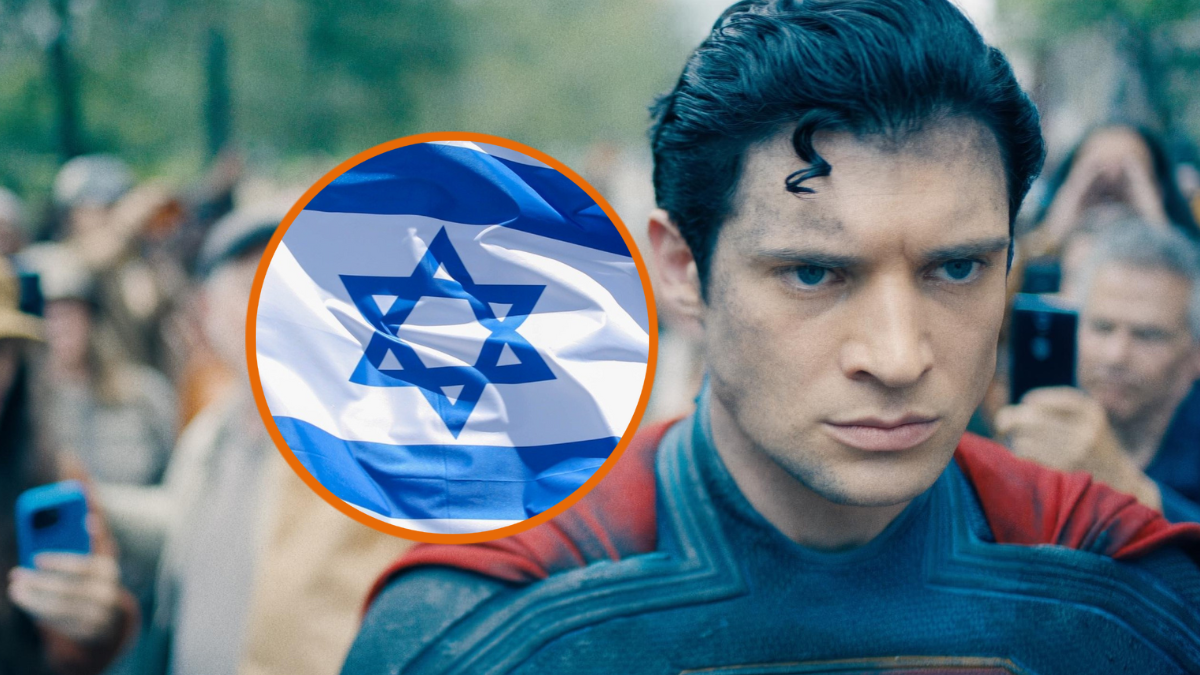Takashi Miike’s samurai film 13 Assassins screened at Austin’s SXSW film festival last week, and featured some great swordplay. It was, however, somewhat dry and lackluster, and seemed to be missing director Miike’s signature dark vision and twisted violence.
The story is simple enough. There is the powerful, sadistic Lord Naritsugu who does whatever he wants (and mostly he wants to use innocent families as target practice). No one can touch him because he’s related to the Shogun. After the people begin to complain of his atrocities to the honorable samurai Shinzaemon, a plan is hatched to secretly assassinate him before he can assume even more power, and throw the country into war again.
Shinzaemon recruits 12 warriors to take on Naritsugu and his henchman. Their plan includes taking Naritsugu and his men unaware in a small mountain village. Shinzaemon knows they will be outnumbered six-to-one, but the brave samurai who volunteer to fight with him want justice and honor above all things.
When the sneaky Naritsugu and his chief Hanbei finally show up to the village, they have filled their ranks and present a small army. Now Shinzaemon and his samurai have to face 20-to-1 odds; but in typical samurai fashion, death in this scenario is extremely honorable.
Known for his disturbing and violent films like Audition and Ichi The Killer, this film doesn’t feel like Miike at first glance. His signature deft touch at sadistic and torture violence does rear its head but it’s certainly muted. For this is, from beginning to end, a samurai movie…and it doesn’t let you forget it.
Miike made a traditional shogun film in 13 Assassins, with the reserved aesthetic of that genre and the emphasis on honor and nobler aspirations. As someone who is not a fan of this genre, I found the dialogue stilted and the lack of humor and satire definite drawbacks. The simple plot, obviously, was a vehicle for the great choreographed fight scenes. The swordplay was above average, and provided the most exciting moments of the film. Unfortunately, those exciting moments don’t come until the very end of the movie. The deliberate pacing means a long, slow lead up to a satisfying but not stellar climax. And with a run-time of over two hours, it may even be yawn-inducing to some (me).
Everything feels and looks so austere. The filming is like the story, no-frills. Scenes and sets are Spartan, to say the least. And it’s hard to really sympathize with any of the characters. Even the good guys are a little one-dimensional. The audience does know who to hate, though. The villain is one of the most well-drawn characters. Through him we get a taste of the typical Miike violence, as he tortures and maims innocent people at whim. With a villain straight out of a silent film (sans the curling moustache), the film has audiences backing the proper team. And if the sadistic Lord Naritsugu isn’t enough to have you rooting for the good guys, their under-dog status will. Shinzaemon and the intrepid 12 samurai are going up against over two hundred warriors, and there’s nothing like a suicide mission to provoke sympathy.
Now I’ve heard fans of the genre sing this film’s praises, but to me it fell flat. I appreciate its subtle touches and traditionalism, but it just took too long to get to any king of substantive action and the characters were either cardboard or clichéd.












Published: Mar 23, 2011 07:01 pm